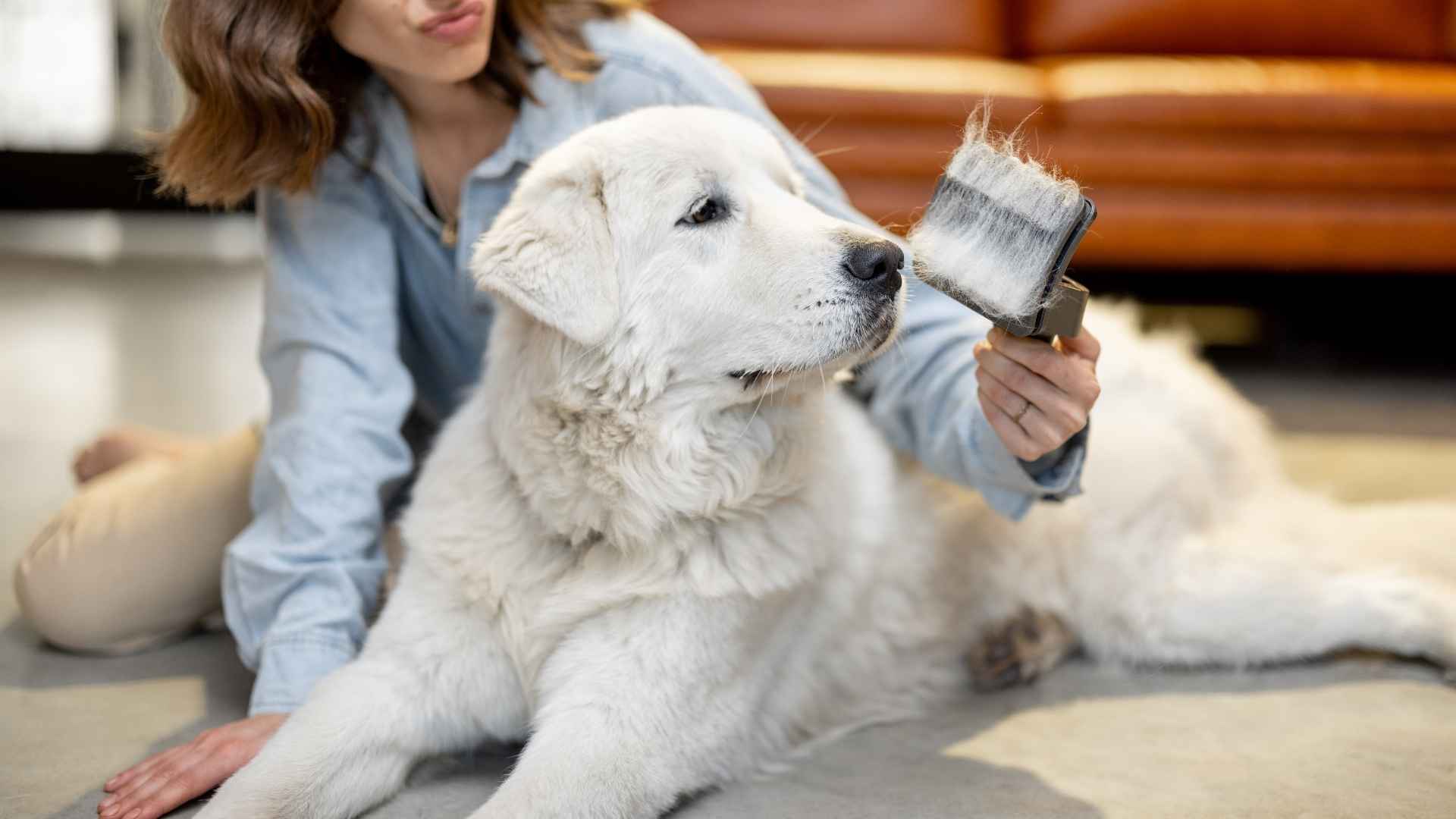Did you know that some dogs can shed enough fur in a week to stuff an entire pillow? While all dogs shed to some degree, certain breeds take it to a whole new level, leaving behind trails of hair no matter how much you vacuum. For many dog lovers, fur-covered furniture and clothing are simply part of the package when owning these fluffy companions.
Whether you’re a seasoned dog owner or considering welcoming a new four-legged friend into your home, understanding which breeds are frequent shedders can save you from a world of surprise (and lint rollers). Shedding isn’t just about extra cleaning; it’s tied to a dog’s coat type, health, and even the seasons. For instance, double-coated breeds like Huskies are known to “blow” their coat twice a year, filling homes with fur overnight.
In this article, we’ll dive into the most frequently shedding dog breeds, why they shed so much, and what you can do to manage the fluff without sacrificing cuddles.
Frequently Shedding Dog Breeds
1. Alaskan Malamute
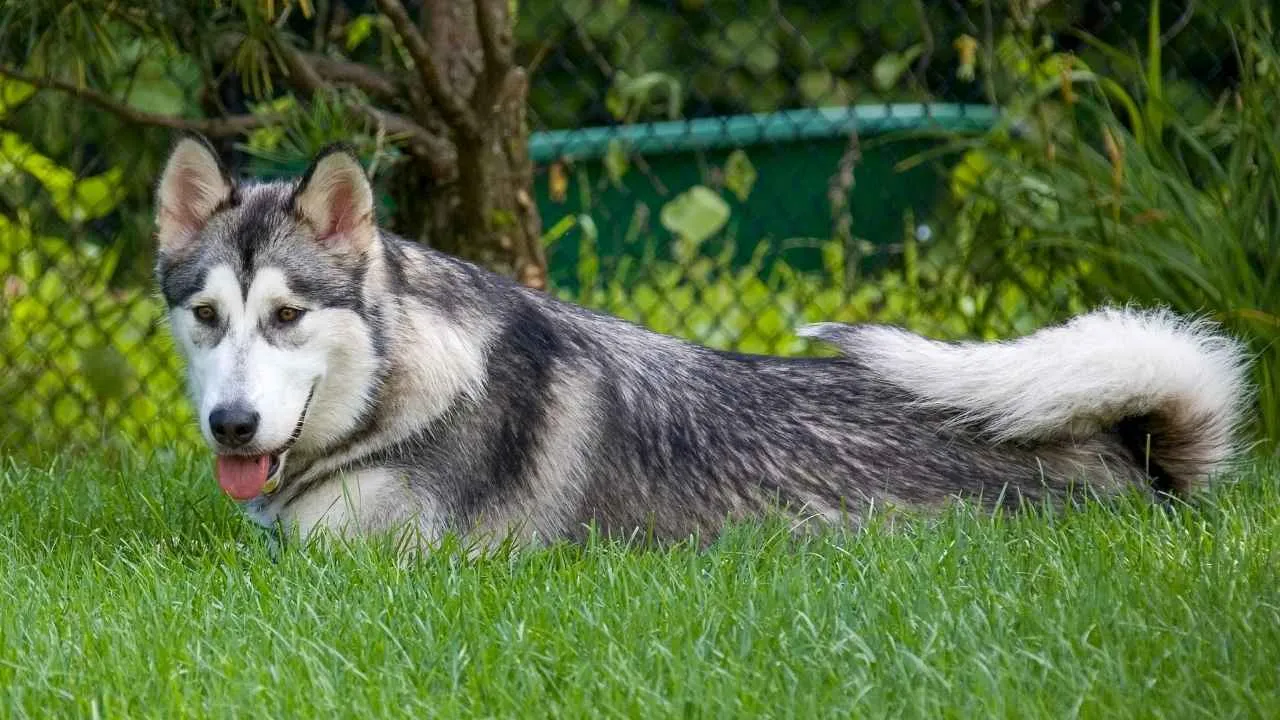
The Alaskan Malamute is a powerful, heavy-coated working dog originally bred for hauling freight in harsh Arctic conditions. Known for its thick double coat, this breed sheds heavily year-round, with even more intense shedding periods twice a year during seasonal changes.
Their dense undercoat and coarse outer coat are designed to withstand freezing temperatures, which also means plenty of fur around your home. Regular brushing is essential to manage their shedding and prevent matting, especially during their biannual “blowout” when they lose large clumps of undercoat.

A slicker brush or undercoat rake works well to control the shedding and keep their coat healthy. Without proper grooming, their fur can quickly accumulate around furniture and clothing.
Beyond their shedding, Alaskan Malamutes are loyal, friendly, and strong-willed dogs. They thrive in active households where their energy and need for companionship are met. However, potential owners should be prepared for the grooming commitment that comes with their impressive coat.

If you’re looking for a majestic, affectionate dog and don’t mind the extra vacuuming, the Alaskan Malamute might be a perfect match.
2. American Eskimo Dog
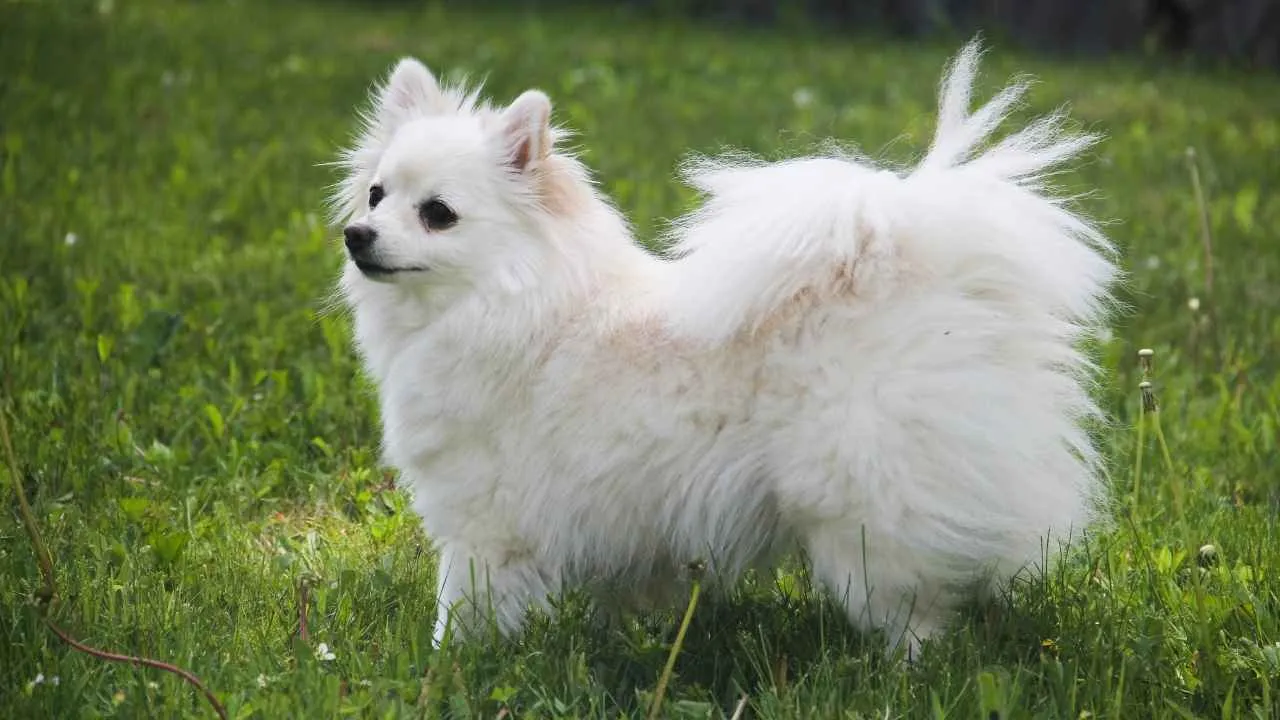
With their fluffy, snow-white coats and expressive dark eyes, American Eskimo Dogs are a picture of charm, but their beauty comes with a shedding price. This breed is a notorious shedder year-round, with seasonal “coat blows” that can cover your home in tufts of fur. Their dense double coat, originally meant to protect them from freezing temperatures, naturally sheds to regulate body temperature.
According to PetMD, the American Eskimo Dog’s thick double coat should be brushed at least twice a week. When shedding increases in the spring and fall, brushing more often can help minimize the amount of loose fur around your home.
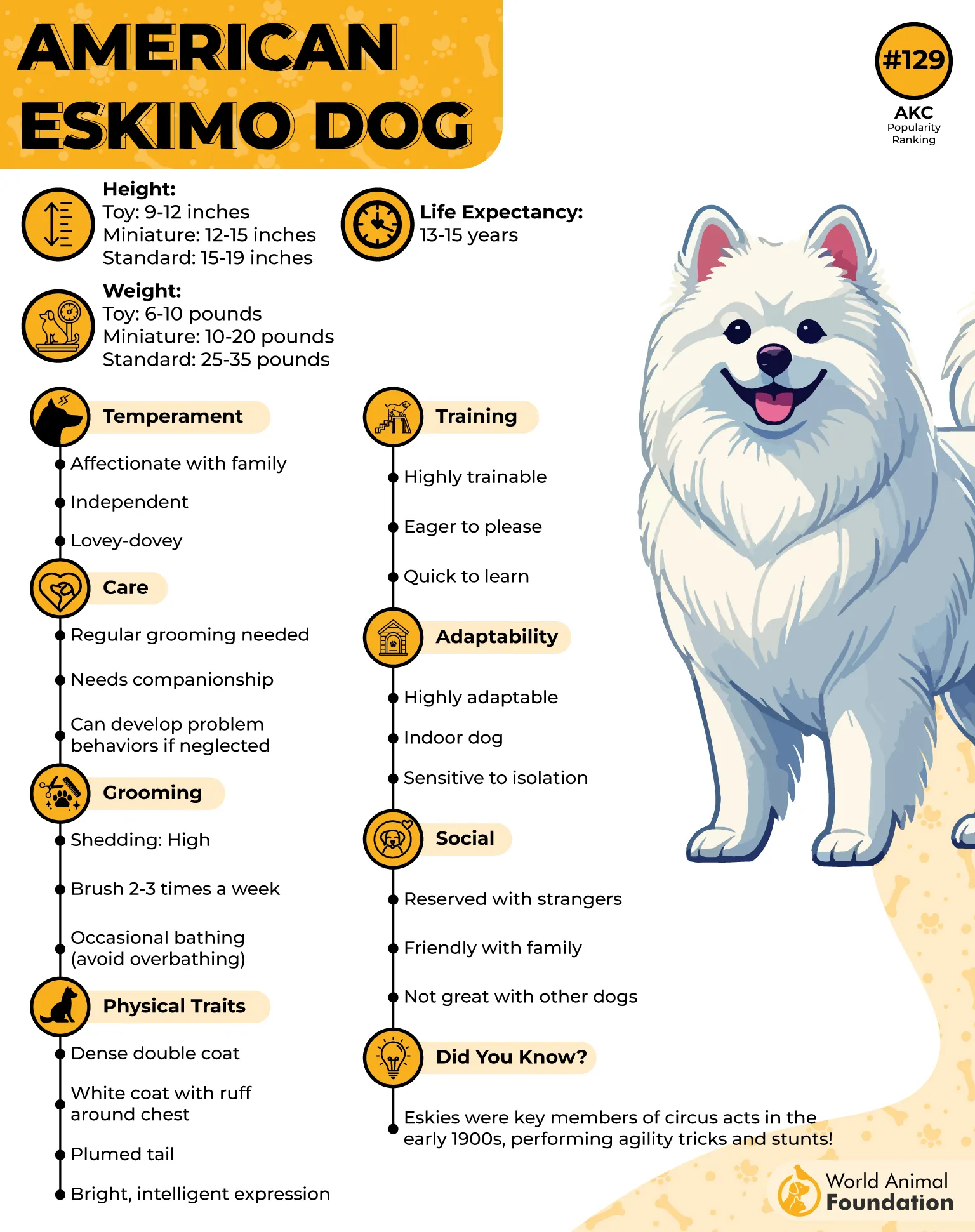
Regular brushing is essential to manage shedding and prevent mats or tangles. A slicker brush or undercoat rake can help reduce the volume of loose hair floating around your space.
Despite their shedding, American Eskimos are loved for their intelligence and adorable personalities, making them a popular family companion. Additionally, their clean appearance can be deceptive; without frequent grooming, their white fur easily traps dirt and dander.
For allergy sufferers or those seeking a low-maintenance coat, this breed may require extra consideration. Still, with the right care, American Eskimo Dogs reward owners with loyalty, playfulness, and undeniable beauty.
3. Great Pyrenees
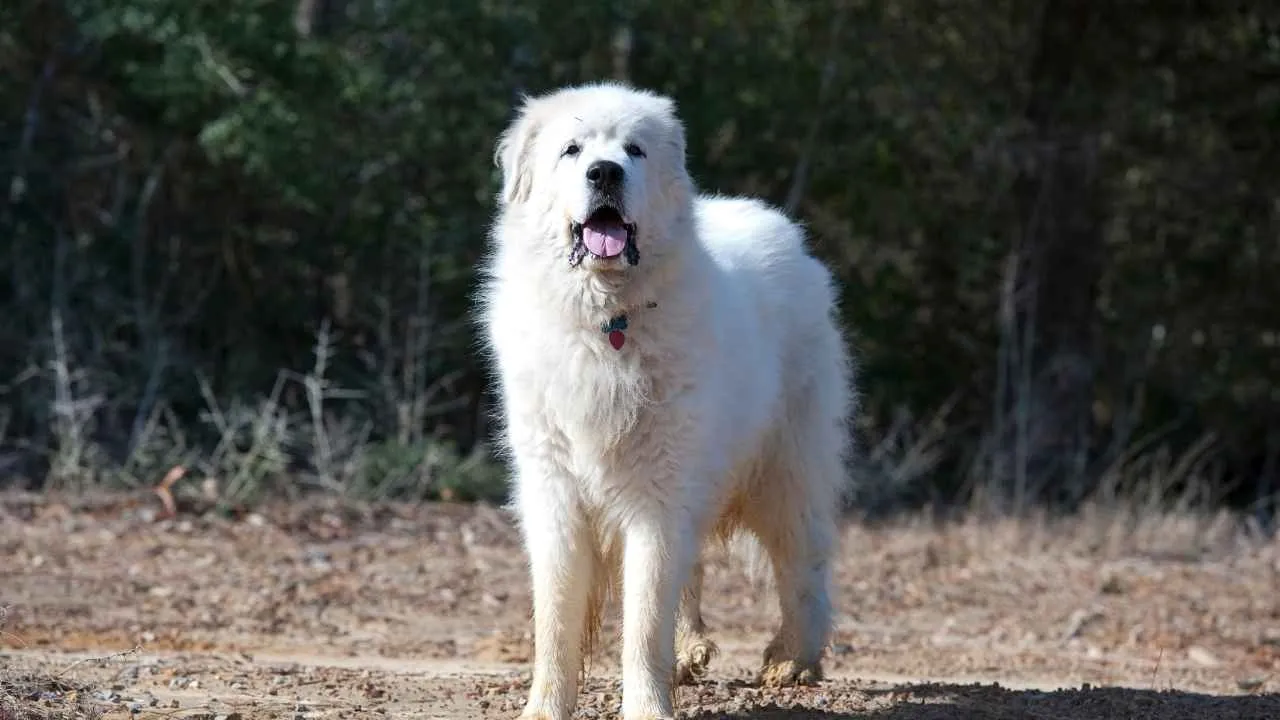
The Great Pyrenees is a gentle giant known for its thick, majestic coat and an equally impressive amount of shedding. Originally bred to guard livestock in cold mountain climates, this breed’s double coat is built for insulation.
Hills Pet states that grooming requirements for this breed are fairly manageable. Routine brushing helps maintain the double coat’s health, though you can expect a significant shed once a year. Thankfully, the outer coat resists matting, making upkeep a bit simpler.
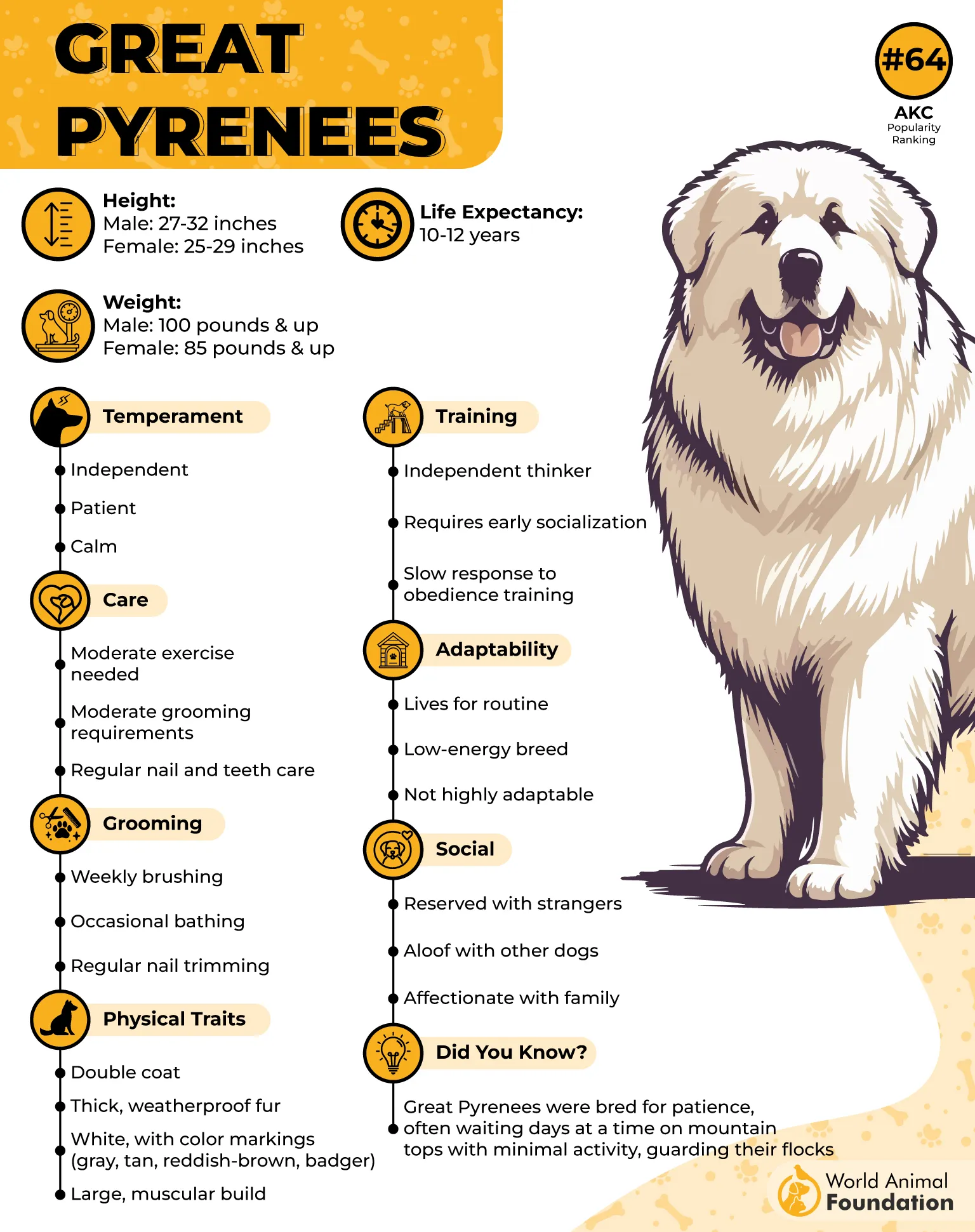
Their long, dense fur requires regular grooming to keep loose hair under control and avoid matting. A combination of brushing and occasional bathing helps minimize the amount of fur left behind on floors and furniture.
Despite the grooming demands, many owners find the Great Pyrenees’ calm, lovely nature well worth the effort. It’s also worth noting that their white coat easily traps dirt and debris, adding to the need for maintenance.
While they may not be the best match for neat freaks, these loyal, patient dogs are adored for their protective instincts and serene personalities, making them an endearing addition to families who can handle the extra fluff.
4. Pembroke Welsh Corgi
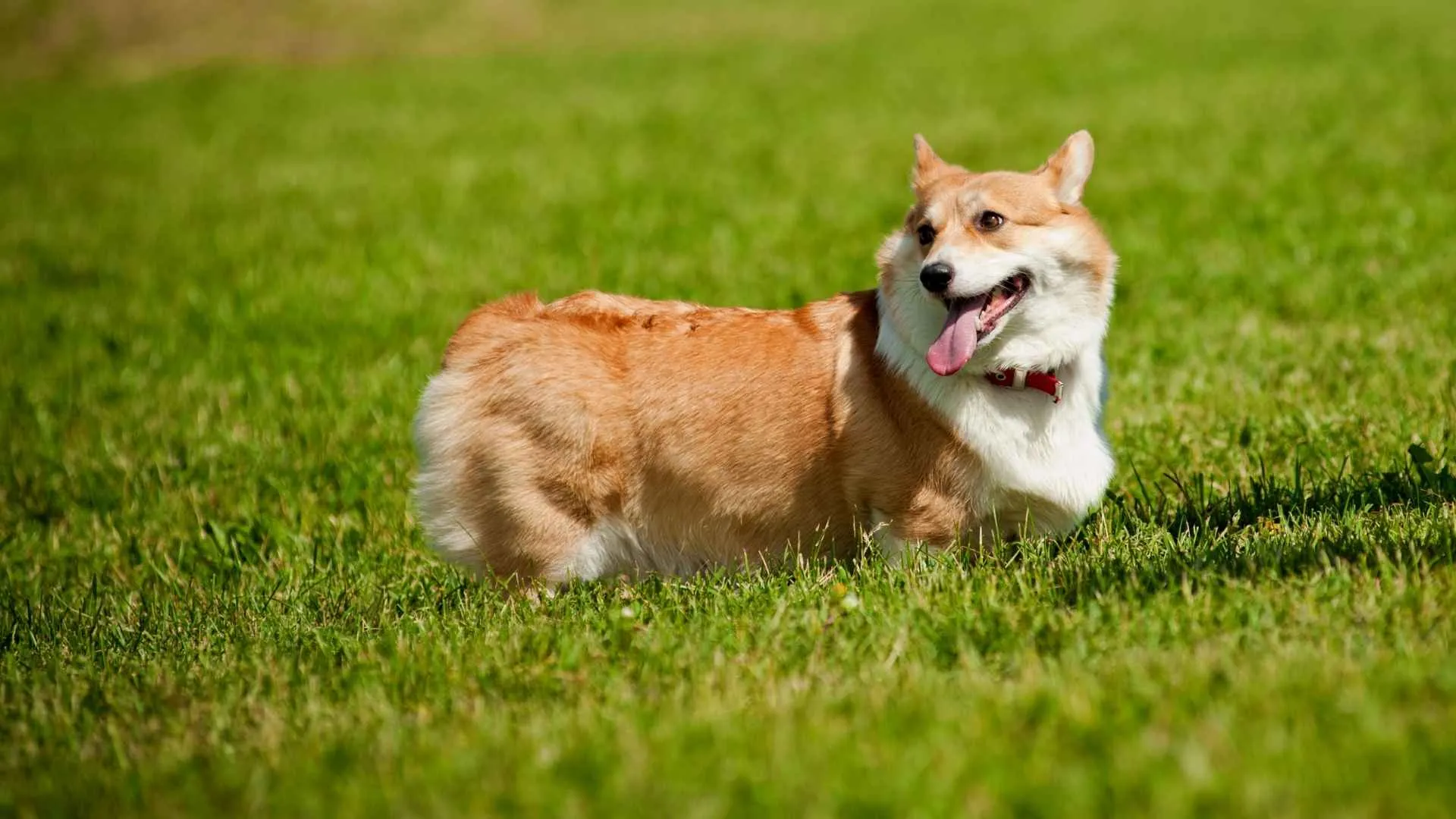
Don’t be fooled by their small size; Pembroke Welsh Corgis shed like pros. Famous for their short legs and cheerful expressions, these dogs have a surprisingly thick double coat that sheds heavily year-round. Their fur is designed to protect them from the elements, but it also means that pet parents will regularly find loose hair on floors, furniture, and clothes.
Corgis experience increased shedding during seasonal transitions. During these periods, their undercoat sheds in large amounts to adapt to temperature changes. Regular brushing, ideally several times a week, can help control the volume of loose fur and keep their coat healthy.
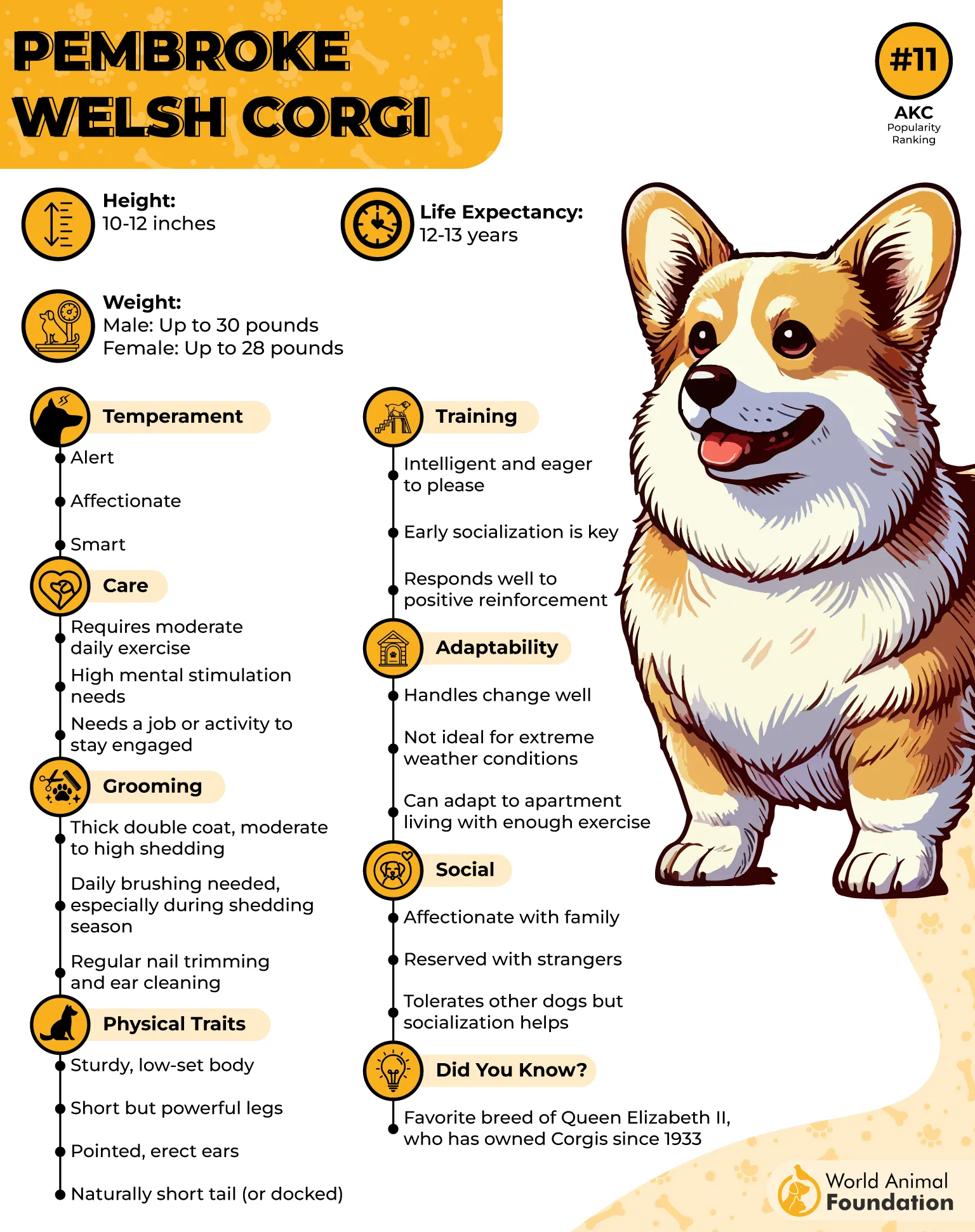
AKC describes that the Pembroke Welsh Corgi has a thick, weather-resistant double coat made up of a soft underlayer and a tougher outer layer. This coat not only protects them in various weather conditions but also sheds consistently throughout the year. Shedding increases noticeably during late spring and early summer, as they lose their winter coat.
To keep loose fur under control, daily grooming with a slicker brush and comb is recommended. This routine helps remove dead hair before it spreads around the house. When the shedding season peaks, giving your Corgi a bath can help loosen the undercoat. It’s important to ensure the coat is fully dry before brushing, and using an undercoat rake can further reduce shedding.
In addition to coat care, regular maintenance is essential for overall health. Their nails should be trimmed frequently to avoid discomfort, and it’s a good idea to check their ears regularly to ensure they are clean and free of infection. For those ready to handle the fluff, a Corgi’s charm and vibrant energy easily outweigh the extra vacuuming.
5. Old English Sheepdog
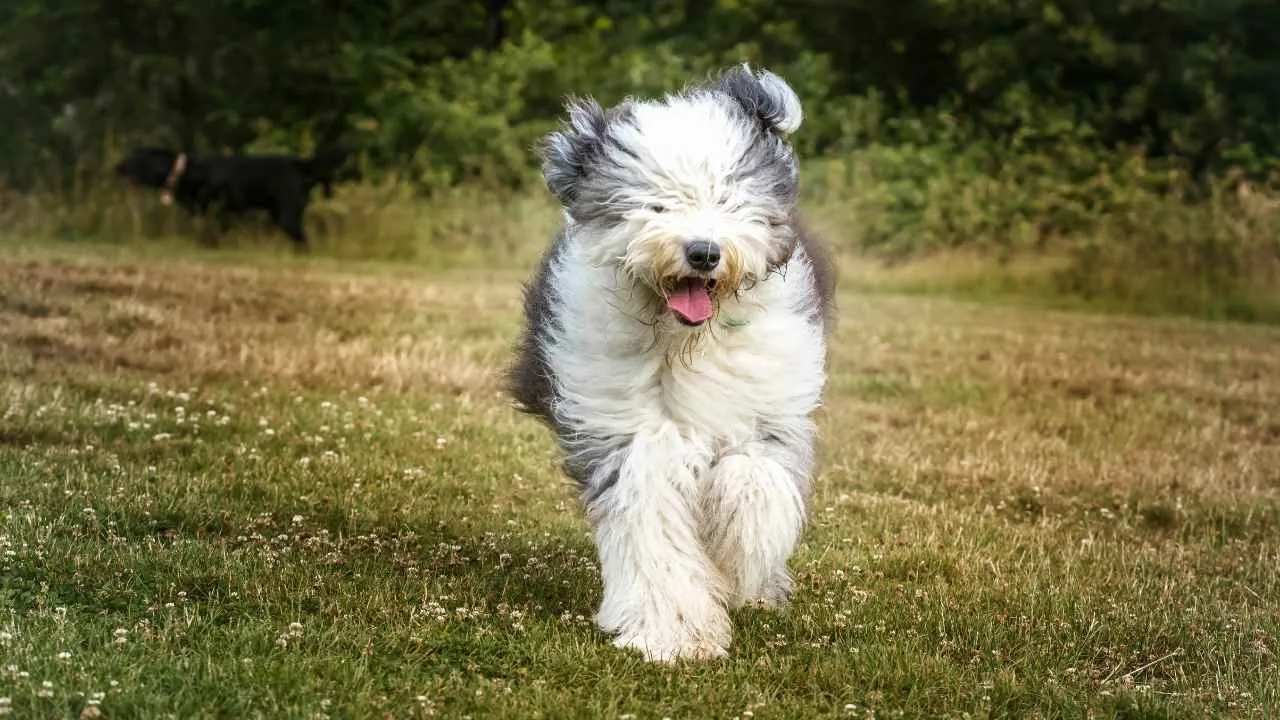
The Old English Sheepdog is a walking fluffball, and with that iconic shaggy coat comes a serious amount of shedding. Known for their thick, double-layered fur, these dogs naturally shed year-round, with a noticeable increase during seasonal changes.
Their dense undercoat traps loose hair, which often finds its way onto floors, clothes, and furniture. Grooming is non-negotiable for this breed. Without regular brushing, their long, soft hair can quickly become matted and tangled, making shedding even more difficult to manage.
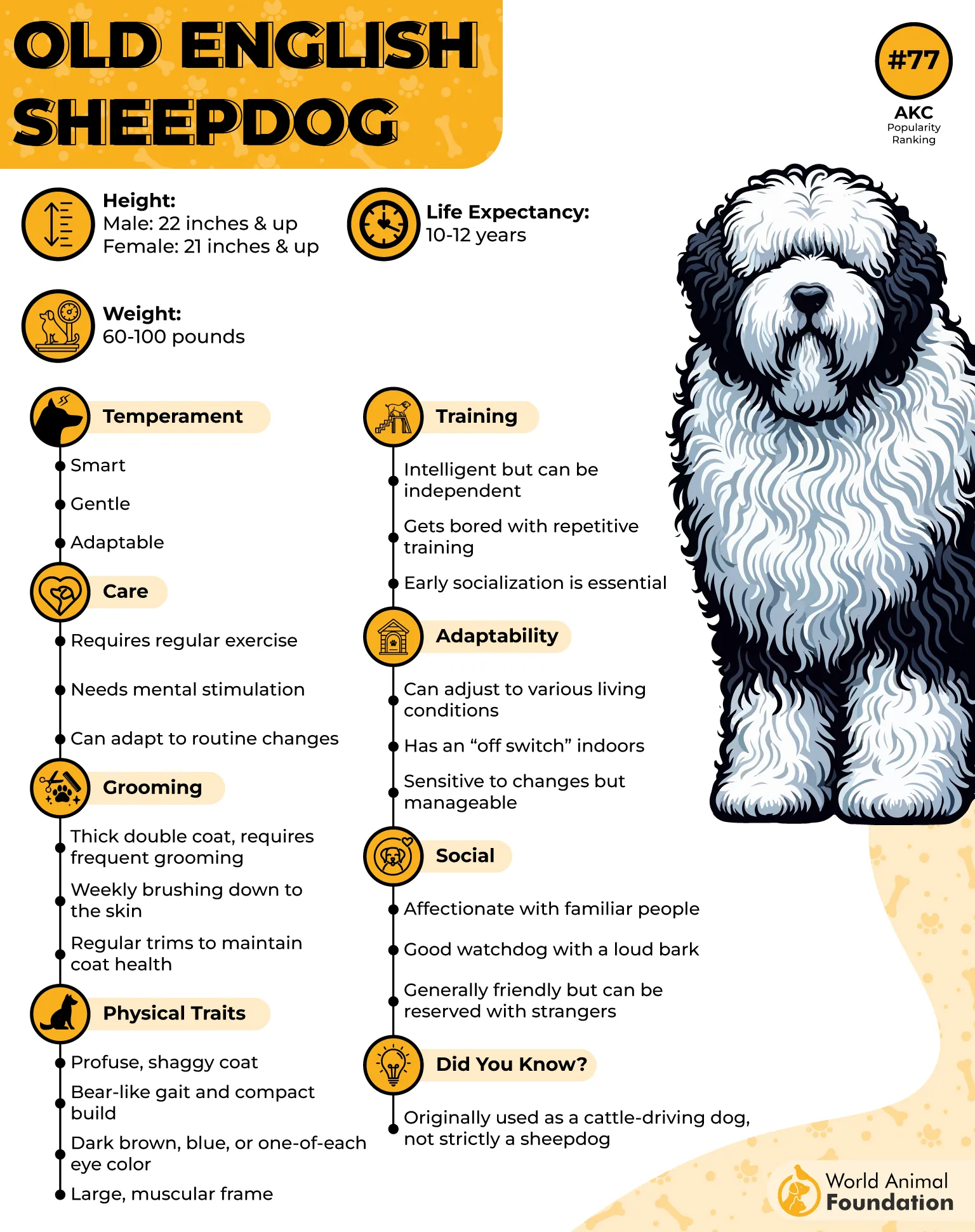
A combination of brushing several times a week and occasional professional grooming helps keep their coat healthy and reduces the amount of fur around the house.
While their shedding can be a challenge, Old English Sheepdogs make up for it with their cheerful, affectionate nature. They’re intelligent, playful, and deeply loyal, thriving in homes where owners are prepared to commit to their coat care.
For those willing to handle the extra grooming, their gentle, family-friendly personality is well worth the effort.
6. Siberian Husky

The Siberian Husky is well-known not only for its piercing blue eyes and wolf-like appearance but also for its relentless shedding. This breed has a dense, double-layered coat that was originally developed to protect them in freezing Siberian climates. As a result, Huskies shed consistently year-round, with shedding peaking twice a year during seasonal coat changes.
During these “coat-blowing” periods, their soft, insulating undercoat is released in massive amounts, often leaving behind noticeable tufts of fur.
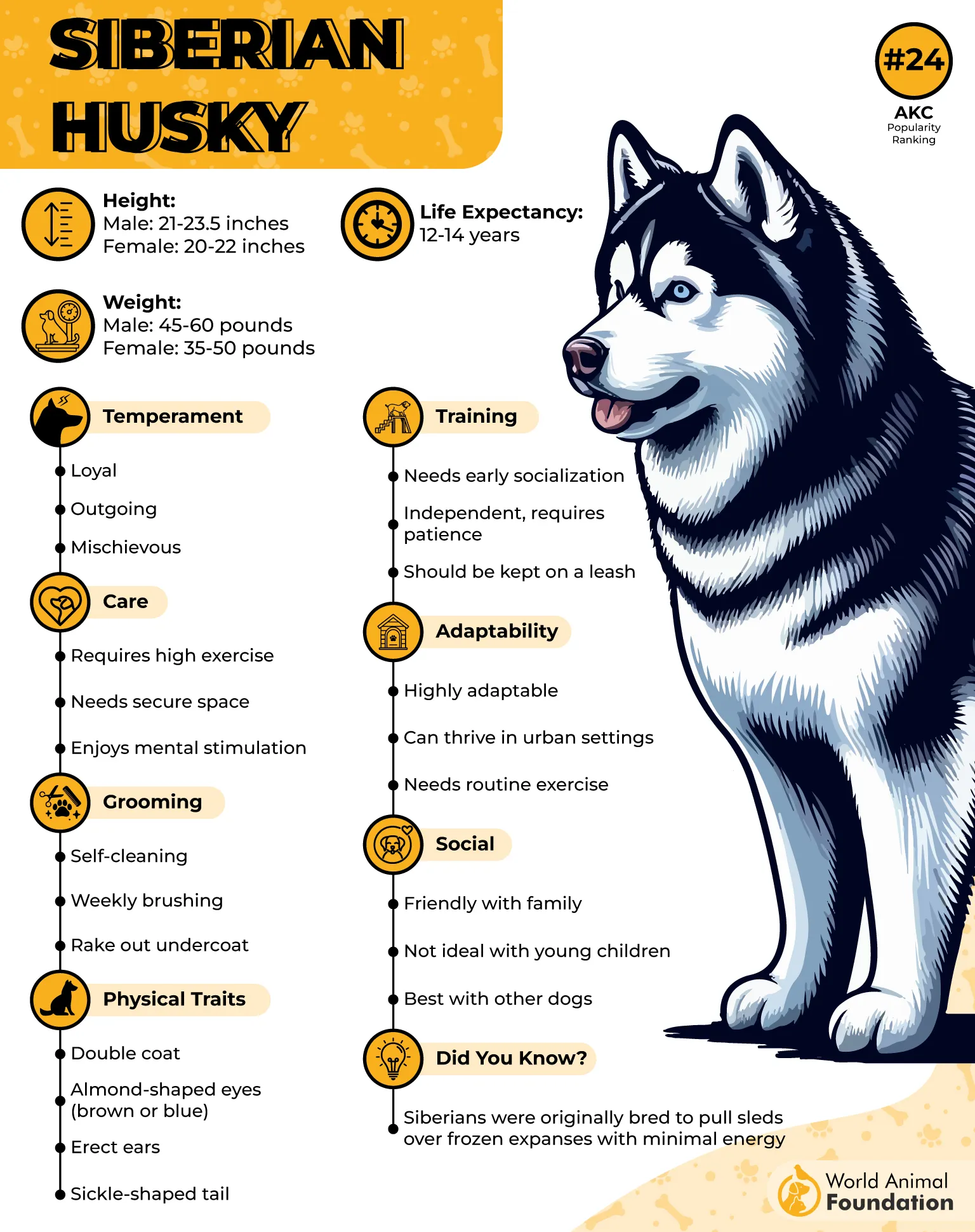
Regular grooming becomes essential, especially in these months, to prevent their loose hair from taking over the home. Brushing at least a few times a week, daily during heavy shedding, helps minimize the mess and keeps their coat in good condition.
Despite their heavy shedding, Siberian Huskies have a relatively low-maintenance bathing routine since their coat naturally repels dirt and odors.
Their energetic and playful nature makes them popular family pets, but potential owners should be prepared for the commitment of consistent grooming. For those who can handle the fluff, a Siberian Husky’s lively spirit and striking beauty are hard to resist.
7. Labrador Retriever
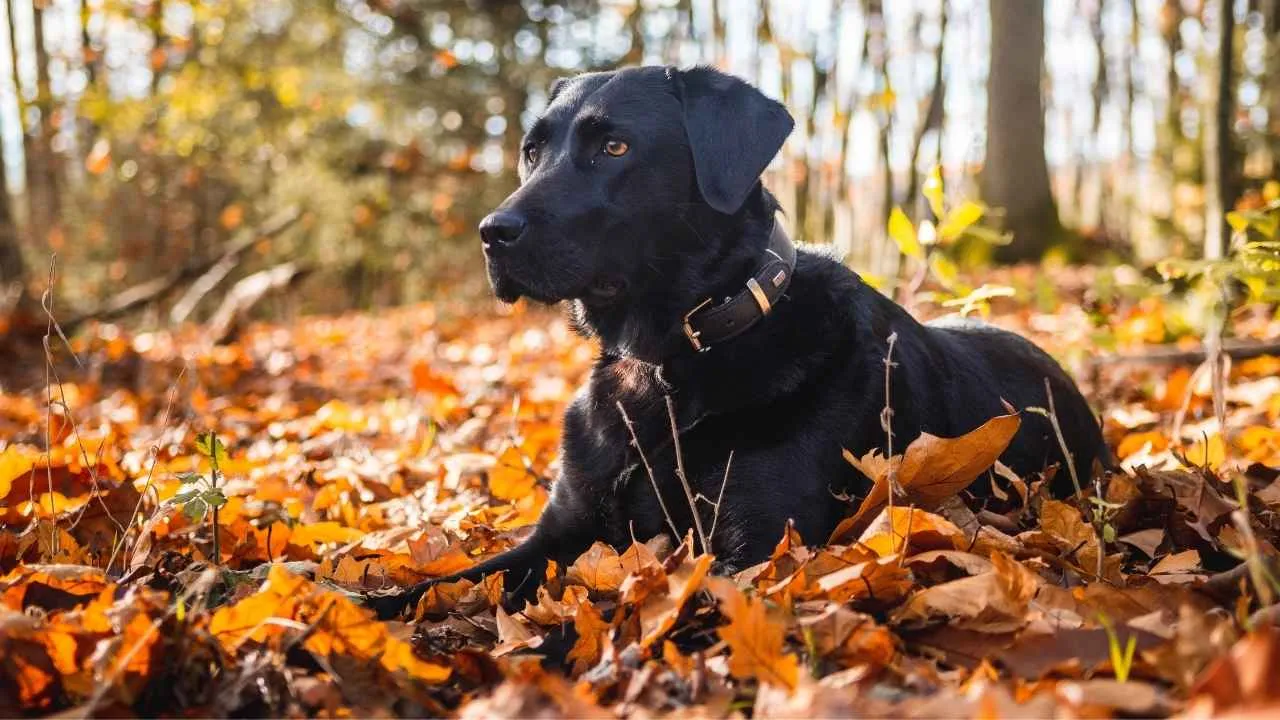
Labrador Retrievers might be one of the most beloved family dogs, but they’re also champions when it comes to shedding. Beneath their friendly smiles and playful energy lies a thick, double-layered coat that sheds consistently throughout the year.
Their short, dense fur may seem manageable, but don’t be fooled; Labradors leave a steady trail of loose hair around the home. Labrador Retrievers are equipped with a water-resistant double coat. This thick coat leads to considerable shedding, making regular brushing essential to keep loose hair under control.
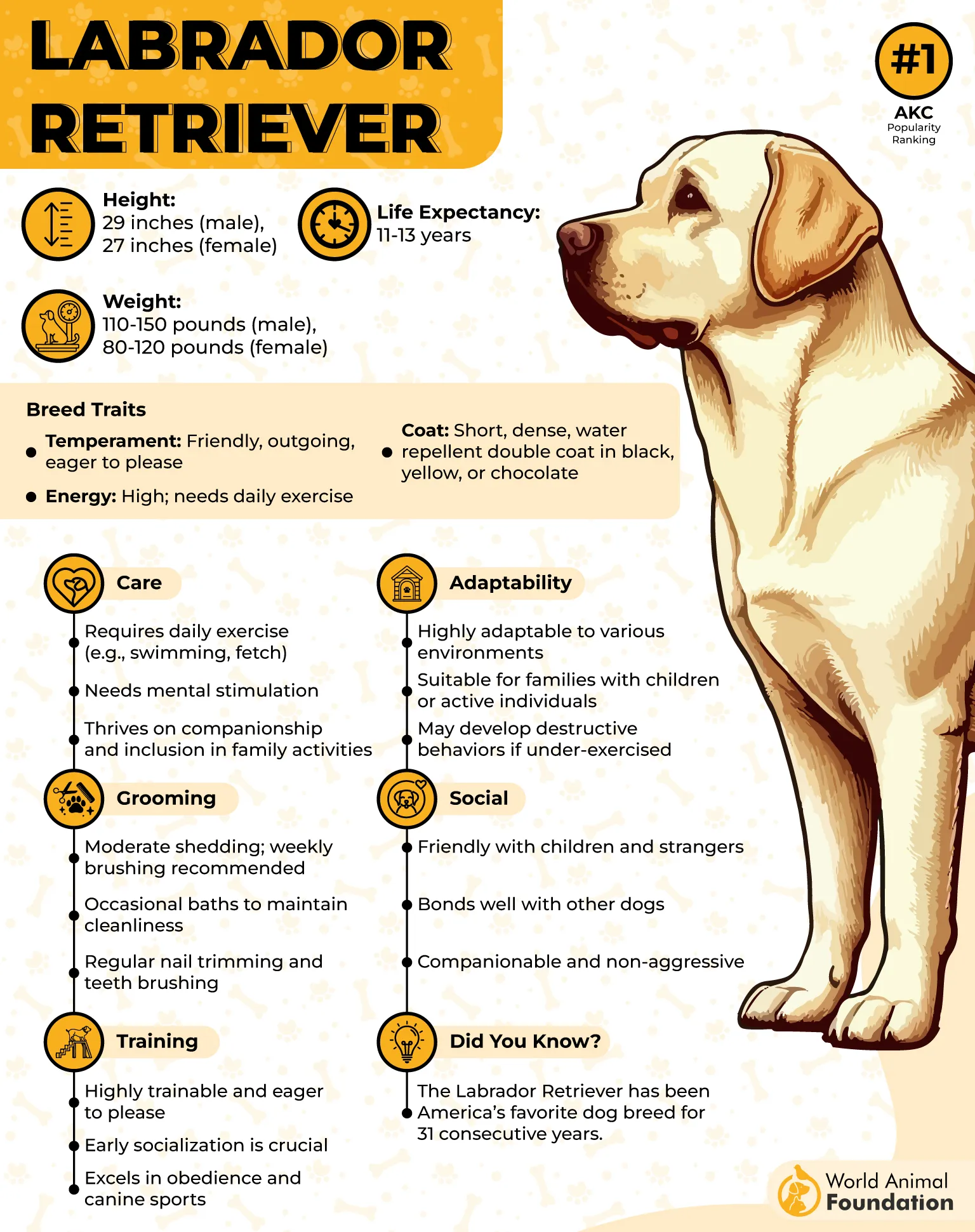
Shedding increases noticeably during the spring and fall when they “blow” their coat to adapt to seasonal temperature changes. Regular brushing, ideally several times a week, helps control the fur fallout and keeps their coat looking healthy.
Their waterproof outer coat and soft undercoat are designed for harsh weather, but require ongoing maintenance. Despite the extra grooming, Labradors remain a top choice for families due to their lovely nature and eagerness to please.
For anyone considering this breed, it’s important to be ready for the constant fluff and a little extra vacuuming. For many dog lovers, the extra effort is a small price to pay for the endless love, loyalty, and joy a Labrador brings.
Conclusion
Shedding may seem like a small price to pay when it comes with a wagging tail and an endless supply of loyalty. From the fluffy coats of the Old English Sheepdog and Siberian Husky to the sleek yet surprisingly shedding Labrador Retriever, German Shepherd Dog, and Bernese Mountain Dog, each breed has its own unique charm. While their coats may require a bit more grooming and a stronger vacuum, these dog breeds shed consistently, but they more than make up for it with their love, energy, and personality.
At the end of the day, a little extra hair is a small trade-off for the joy and companionship these frequently shedding breeds bring into our lives. Whether you’re already a proud pet parent or considering adding one of these fluffy friends to your family, remember, behind every tumbleweed of a dog’s fur is a loyal heart. So, embrace the fluff, grab that brush, and get ready to welcome a whole lot of love (and a little bit of lint) into your home.


